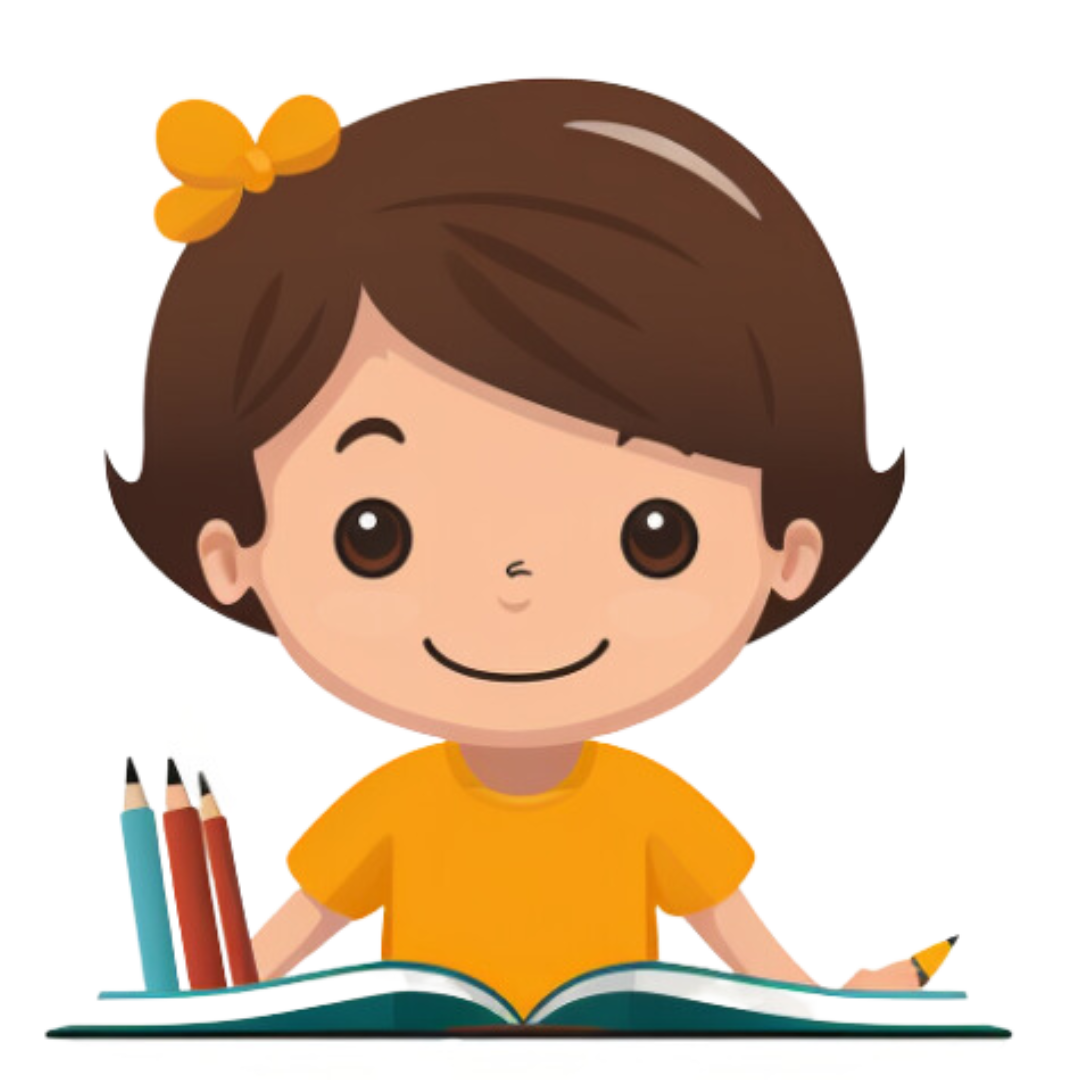Fact Worksheet
Dreamland 1
Rating: 0
Dreamland 1 (Middle)
In dreams we can [fly] [swim] [run] .
Dreams happen when we [sleep] [eat] [play] .
Sometimes dreams are [scary] [funny] [happy] .
We can dream about [animals] [cars] [flowers] .
Dreams can feel [real] [fake] [imaginary] .
In dreams, we can meet [unicorns] [dragons] [fairies] .
Dreams can be in [black] [white] [color] .
We can dream of we know [places] [people] [things] .
Sometimes, dreams can be [confusing] [clear] [strange] .
Facts
Topic: DREAMS
Lenght: 9 Sentences
Why is this worksheet educational?
These sentences are educational because they introduce children to the concept of dreams in a simple and engaging way.
Firstly, the sentences are structured in a way that encourages children to think critically and make logical connections.
For example, the sentence 'Dreams happen when we [sleep][eat][play]' prompts children to recall their own experiences and apply this knowledge to choose the correct answer.
This helps to develop their comprehension skills and understanding of the world around them.
Secondly, the sentences introduce new vocabulary related to dreams in a context that is meaningful and relevant to children.
Words such as 'unicorns', 'dragons', 'fairies', 'confusing', 'clear', and 'strange' are likely to be new to many children.
By encountering these words in a fun and engaging activity, children are more likely to remember them and understand their meaning.
Thirdly, the sentences stimulate children's imaginations and encourage them to share their own dreams.
This can lead to rich discussions and opportunities for creative writing or drawing.
For example, after completing the sentence 'In dreams, we can meet [unicorns][dragons][fairies]', children might be inspired to draw a picture of a dream they had about meeting a unicorn, dragon, or fairy.
Finally, the sentences reinforce the concept that dreams can be a mix of real and imaginary elements.
This can help children to make sense of their dreams and understand that it's normal for dreams to be strange or confusing at times.
By discussing dreams in a positive and open way, we can help children to feel comfortable sharing their dreams and to see them as a normal part of life.
 ReadWriteHub.com
ReadWriteHub.com